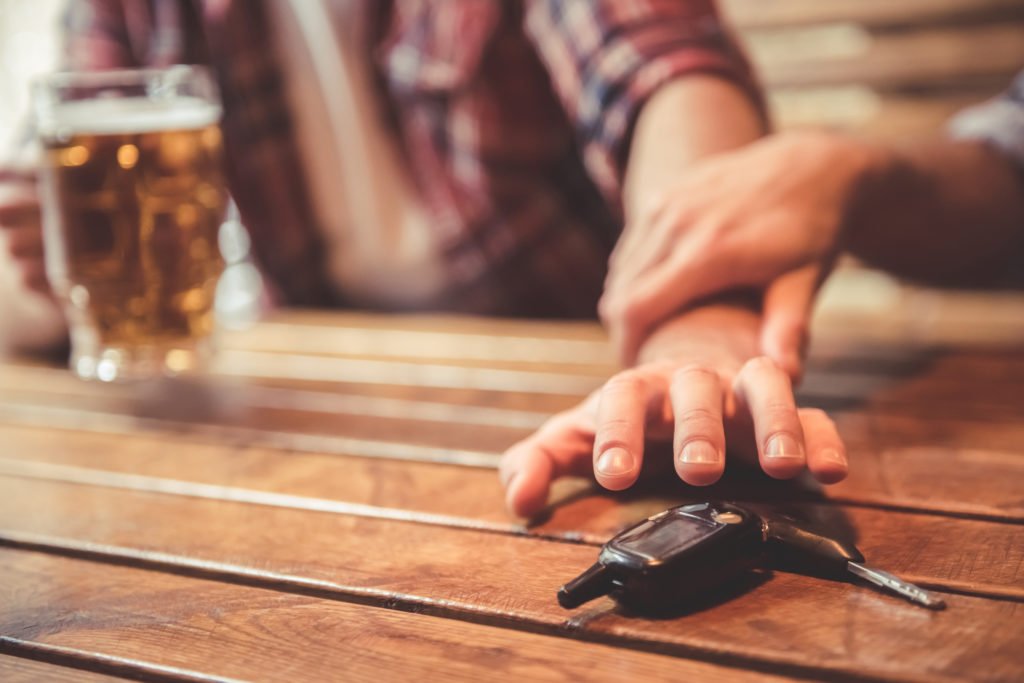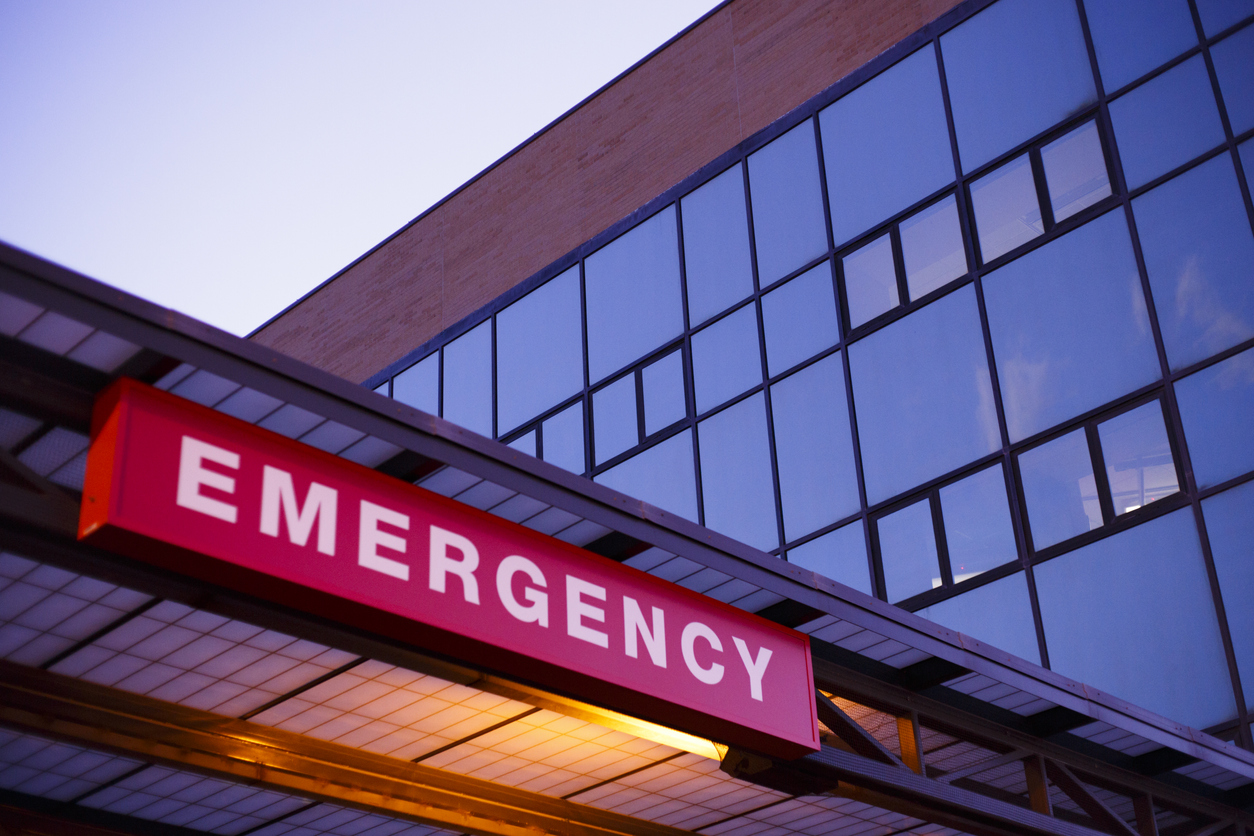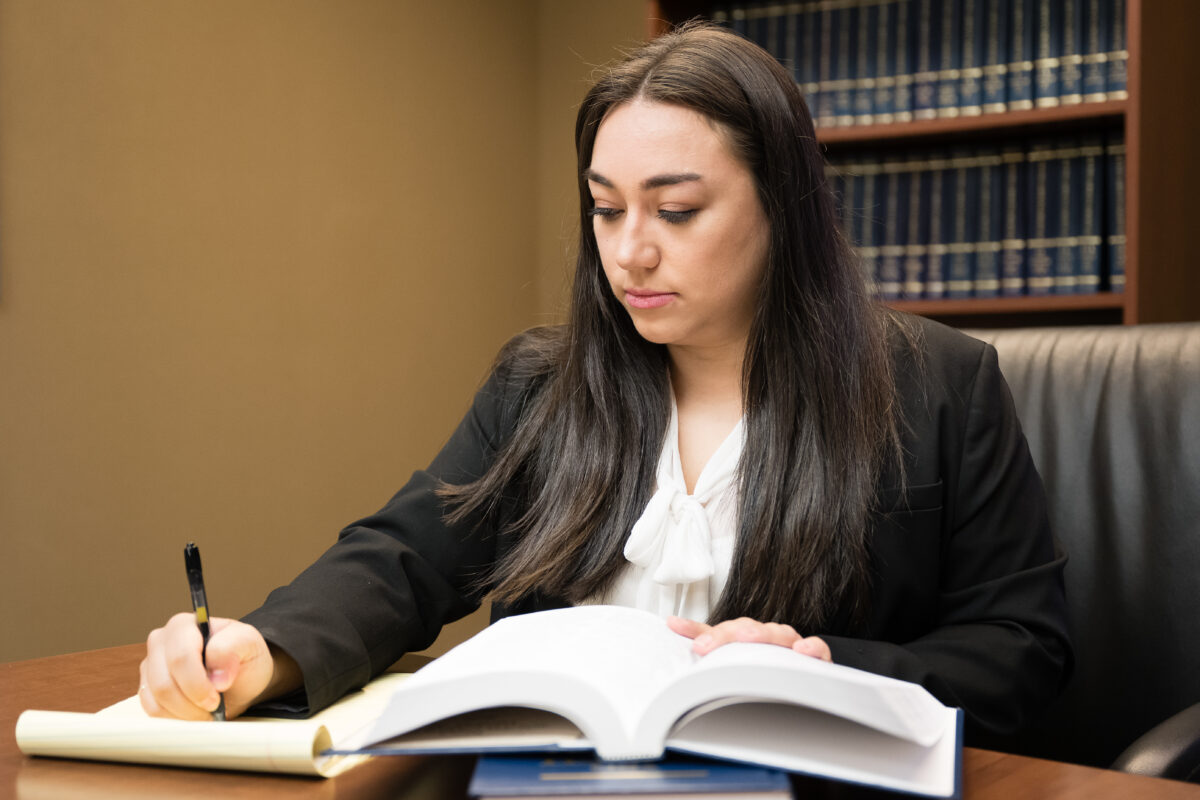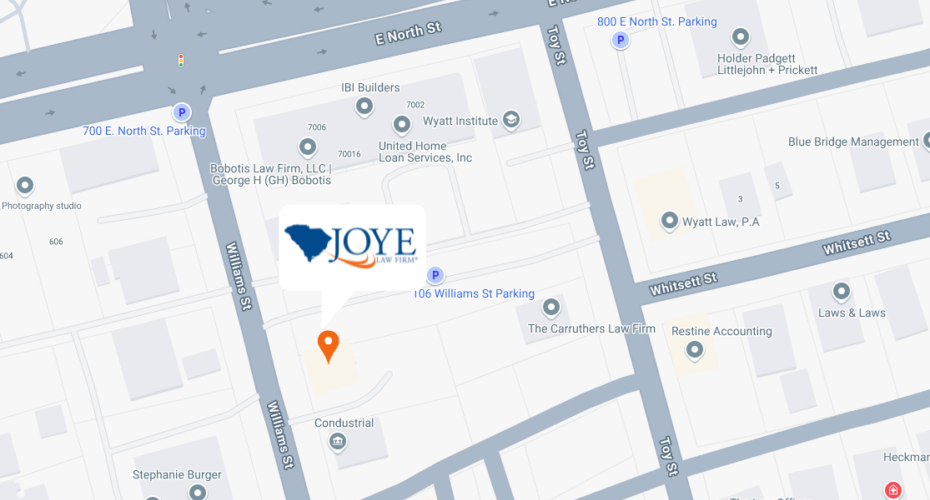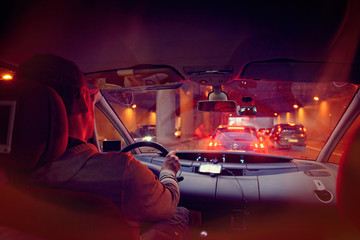
Since the 21st century, it has not become uncommon for people to work the “graveyard shift” also called the night shift, or have a night job- this includes late night, overnight, and early morning shifts. These workers are everywhere from the Uber you took from King Street at 3 A.M., to the Amazon truck driver bringing your overnight package, to the paramedics on call, ready for an emergency.
Unfortunately, working at night comes with inherent consequences. The University of Missouri conducted a study in which the researchers determined people who work the late-night graveyard shift can develop a disorder that makes them almost three times more likely to be involved in a car accident. This disorder is called shift work sleep disorder (SWSD). SWSD is a condition that primarily affects people who work overnight, early morning, or rotating shift hours.
When a person works through the night and sleeps during the day over a long period of time, they develop sleep apnea and insomnia – side effects of SWSD. Sleep apnea is a sleep disorder that causes irregular breathing affecting an individual’s sleep. Insomnia is when a person has trouble falling and/or staying asleep. Researchers found that shift workers with sleep apnea and insomnia were more likely to be involved in a car accident or near-crash circumstance.
The University of Missouri did a study on SWSD and car accident involvement. The study found that SWSD increased the risk of a motor vehicle crash in traffic by nearly 300%, and sleep apnea and insomnia both increased the risk of a crash by approximately 30%.
Shift Work Sleep Disorder (SWSD) and Drowsy Drivers
SWSD causes high risk of drowsiness-related motor vehicle crashes due to the disruption of a natural sleep pattern. A drowsy driver’s lack of sleep causes slower reaction time, poor coordination, and less ability to pay attention. Drowsy driving is most likely to occur between midnight and 6 am or in the late afternoon when most people are naturally sleepier.
Some other findings are:
- A driver with SWSD is 296% more likely to be involved in a crash or near-crash than a driver without the condition.
- Drivers over the age of 65 with SWSD are 5.89 times more likely to be involved in a crash or near-crash.
- Drivers between the ages of 25 and 44 with SWSD were 2.42 times more likely to be involved in a crash or near-crash.
- Drivers with sleep apnea are 1.29 times more likely to be involved in a crash or near-crash than a driver without sleep apnea.
- Drivers ages 25–44 years with sleep apnea had a higher likelihood of crashes and near-crashes than others.
- Drivers with insomnia were found to be 1.33 times more likely to be involved in a crash than a driver without insomnia.
- Drivers ages 25–44 years with insomnia were found to have 1.31 times the crash risk of drivers without insomnia.
- Drivers age 65 and older with insomnia were found to have 2.05 times the crash risk of drivers without insomnia.
Studies have shown the possibility of a car accident increases when driving while drowsy. Drowsiness can have cause severe side effects on a driver’s attention, decision-making, judgment, coordination, vigilance, and reaction time.
How to Mitigate the Risk of Drowsy Driving
Plain and simple, the most effective way to avoid drowsy driving accidents is getting enough sleep. If sleep before work is not possible, try resting before driving back home after completing a late-night shift. In addition, the majority of licensed drivers will experience driving while drowsy during their lifetime. When a person becomes tired their ability to drive becomes impaired and the risk of a collision rises.
Here are a few warning signs of Drowsy Driving:
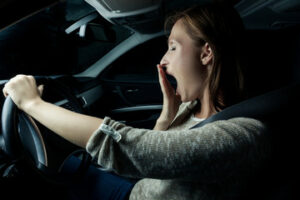
- Yawning repeatedly
- Blinking frequently
- Heavy eyelids
- Drifting from your lane
- Feeling restless and irritable
- Veering onto the shoulder/Drifting from your lane
If you experience any of the following warning signs you should pull over to rest as soon as safely possible.
How a Drowsy Driving Injury Attorney Can Help
Regardless of a sleep disorder, if you have been injured by a drowsy driver, you may be entitled to receive compensation through the drowsy driver’s liability insurance or other forms of coverage, including but not limited to your own uninsured motorist / underinsured motorist policy.
In my experience, drivers do not initially admit to being tired while driving. So, as your personal injury attorney, I will need to investigate the case, which will include reviewing evidence such as police reports, medical records, work records, accident scene evidence, and eyewitness statements. This information will allow me to demonstrate that the driver’s condition caused him or her to act in a careless or unsafe manner.
If you have been involved in a car, truck, or motorcycle accident with a suspected drowsy driver and you need an aggressive, experienced, and knowledgeable car accident lawyer at your side, please do not hesitate to give Joye Law Firm a call. I would be happy to review your case at no charge. Call 877-941-2615 or use this online contact form to set up a free consultation today.




